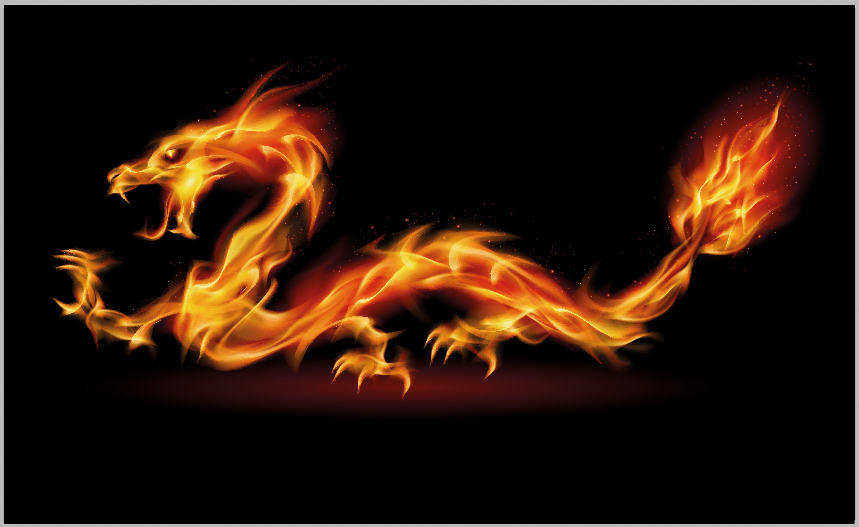 Adobe Community
Adobe Community
- Home
- Illustrator
- Discussions
- Re: Convert complex RGB gradient mesh to CMYK
- Re: Convert complex RGB gradient mesh to CMYK
Copy link to clipboard
Copied
I posted this question in the Illustrator forum but thought I would ask the scripting world too....
Is there a way via script to convert all of the gradient mesh points individually with script?
I bought this stock art vector file for printing some design work I am working on. It never showed the color mode of the file. Turns out it is RGB. So I try to convert it to CMYK and it screws up the entire file. I have included screen shots of what the file does and would appreciate any fixes anyone might have so I can have this CMYK mode.
ORIGINAL - RGB
CONVERTED TO CMYK
OUTLINE MODE (to see the complexity)
 1 Correct answer
1 Correct answer
unfortunately there's no access to Mesh Points through scripting.
Explore related tutorials & articles
Copy link to clipboard
Copied
unfortunately there's no access to Mesh Points through scripting.
Copy link to clipboard
Copied
Would there be blending modes and or opacity used? Many “creative” blending modes provide vastly different results in CMYK.
My guess is that this is more of an issue of RGB > CMYK colour space conversion than the file being constructed using gradient mesh (however this probably compounds the problem).
Last resort would be to rasterize, then with Photoshop one can “work some magic”.
The following is a sRGB to Fogra39 to sRGB conversion from your RGB screenshot:

Copy link to clipboard
Copied
If you're printing it, you may be able to get away with exporting a high res jpg, and then converting the jpg to CMYK.. But ultimately, what you're going to run into is a color gamut problem. RGB and CMYK are just fundamentally different and RGB can produce colors and appearances that CMYK simply cannot.
Also consider that when you view a file in illustrator in "CMYK" color mode, you're viewing an RGB interpretation of a CMYK image. So until you actually RIP and print something, you can't be certain what it's going to look like.
Long story short, this kind of image is better suited to be a raster image. Make a copy of the file, rasterize it, and manipulate it in photoshop for best results.
Copy link to clipboard
Copied
Thank you for the input! I used this on a printed table cloth (sublimation). I did end up making the RGB vector version the size I needed in Illustrator and then opened it in Photoshop and converted it there. It worked fine however I was only able to render it at 200 dpi. At 300 it crashed Photoshop. Anyway for future I was hoping to just utilize the vector. Thanks again for the input everyone... I appreciate it. I will mark CarlosCanto as the correct answer since the question I was asking was relevant to accessing gradient mesh with script.
Copy link to clipboard
Copied
I've been in the sublimation biz for almost 5 years now, and i've been struggling with the exact same stuff the entire time.
The good news is, if you're sublimating on 100% poly or something similar, the fabric typically can't hold more than 150-200dpi anyway. In my experience, anything higher resolution than that is lost by the time the fabric is pressed anyhow. So the 200dpi render you were able to do should be just fine.
I'm fascinated that photoshop crashed with a 300dpi image though... What kind of dimensions were you working with? 5'x10' or something? i guess at 300dpi that would come out to 648 million pixels...
Anywho. that marks the end of my rambling. Good luck with your sublimation. 😃
